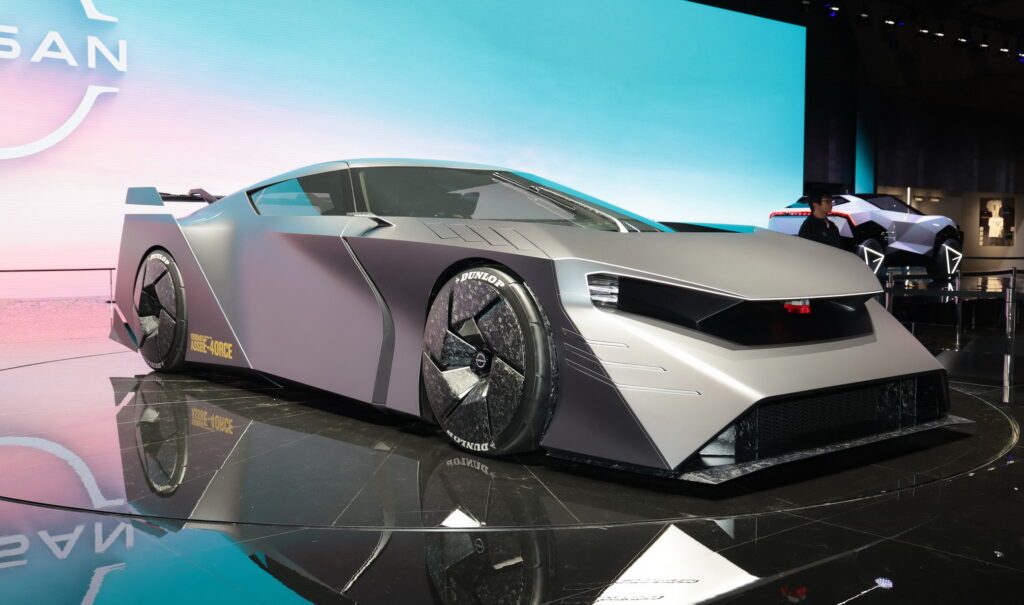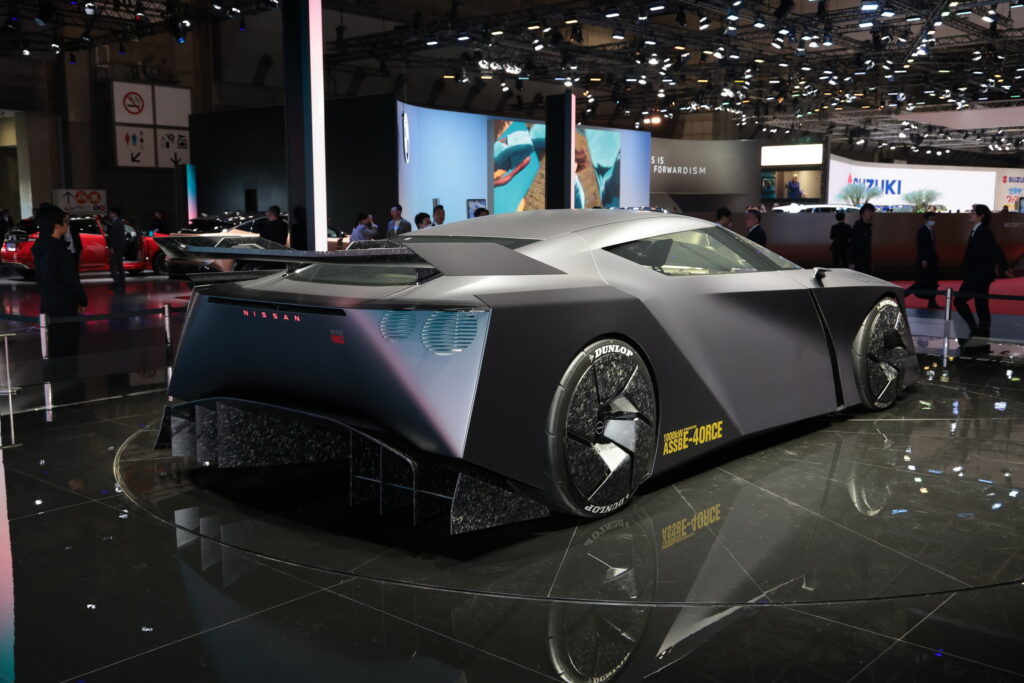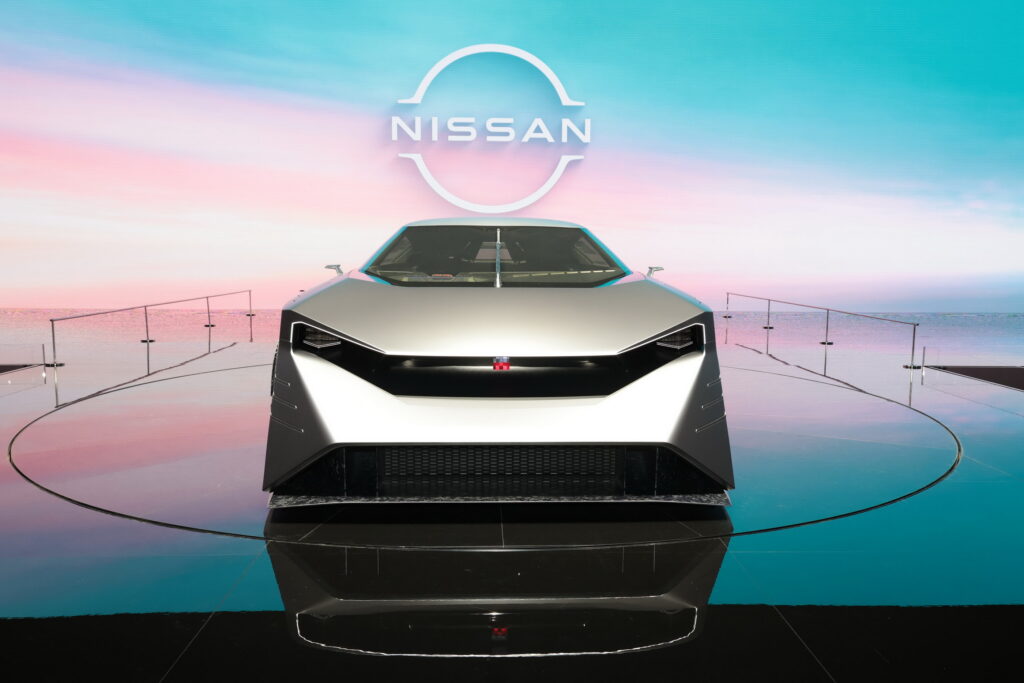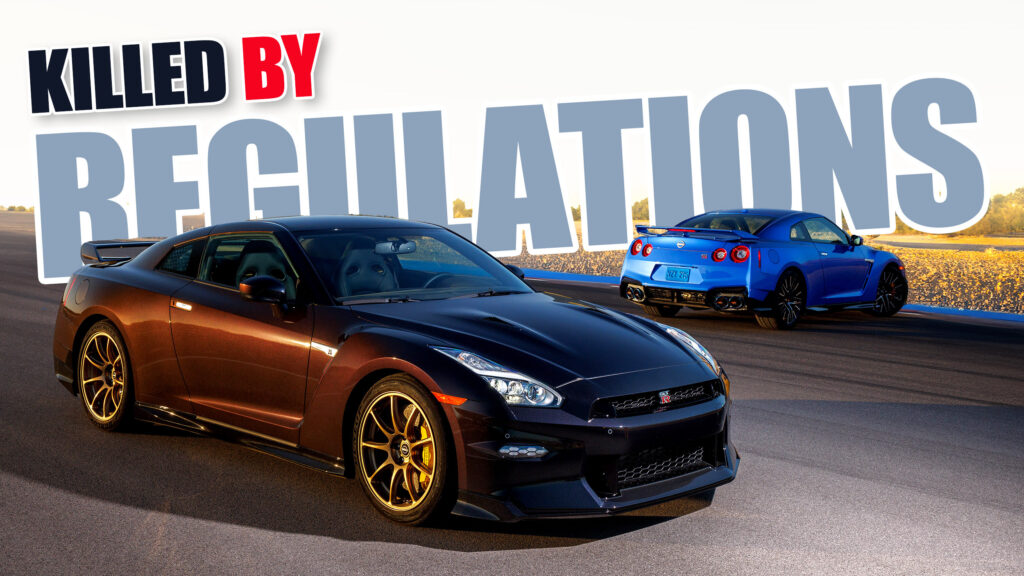- A Nissan executive says the brand would keep the GT-R on sale, but regulations prevent it.
- He also admits that defining a next-gen GT-R for the electrified car market is challenging.
- A replacement appears to be on the table for 2028, with solid-state batteries playing a key role.
The R35 Nissan GT-R is old enough to go see Deadpool and Wolverine. Next year, though, it’ll leave production and the automaker doesn’t have anything to take over for the 2025/2026MY. Now, global product chief Pierre Loing is providing details on why that is, when the next R36 GT-R might arrive, and what is taking it so long.
The R35 is the first GT-R to ever come to the USA as a new model. For the past 17 years, it’s represented a unique corner of the supercar market. Now that it’s about to exit, we’re learning that regulations are the big reason that Nissan won’t keep building it. That checks out for a brand that is currently selling the Z, a car that shares a chassis code with a car that arrived some 16 years ago.
More: Built By Legends R34 Nissan Skyline GT-R Might Be The Ultimate Godzilla
Speaking to Top Gear, Loing said of the GT-R: “It’s still on sale – for the moment. It’s been on sale for 17 years and we’d love to make it another 17 years, but the regulator gives us some trouble!” While we’re not giant fans of any car living on almost unchanged for this long, most would prefer the GT-R live in its current form than die altogether since another one isn’t coming soon.
Discussing Nissan’s plans for the period between now and whenever the R36 arrives, Loing told Top Gear:
“It’s a good question. Of course, I’d love to have something to fill the gap. But if you look at the history of the GT-R badge, we’ve had gaps before. We showed the GT-R concept in 2001, ended R34 Skyline GT-R production in 2002, then the R35 didn’t launch until 2007.”

“The gap between the ‘Kenmeri’ Skyline GT-R ending in 1975 and the R32 starting in 1989 was even larger,” Loing added. “The GT-R is strong enough to live with these gaps in its production. And we need to have a gap, because going into the electrified world, there is a lot of debate about ‘what is a GT-R in an era of electrification?’ We don’t have all the answers yet. We are in the middle of all those debates.”
That last bit is especially telling. The Hyper Force concept certainly gave off GT-R vibes but it sounds like Nissan isn’t 100% sold on the EV-only powertrain. Of course, as Loing points out, solid-state batteries could be the key to fixing some of the issues presented by electric sports cars.

“Every step is a breakthrough over what we can currently do with lithium-ion batteries,” he explains. “We are on par to do our first prototype solid-state battery by spring 2025. We’ll have a prototype vehicle two years later using real batteries then eventually by 2028 we want a vehicle which we will sell; probably in small numbers and in Japan to begin with.”
“We are currently on time for this. I think it will work and solid-state technology solves a lot of the problems of EV batteries such as density, heat etcetera. Those vehicles with 150 or 200kWh batteries? It’s a nonsense – the weight, the cost, the big wheels and tires and brakes that they need. Solid-state helps us break that cycle,” he said.
No doubt, finding a way to build an electric car that weighs no more than a comparable ICE vehicle would be helpful and impressive. It would also benefit performance overall. Now we just have to wait to see if Nissan can pull it off.





